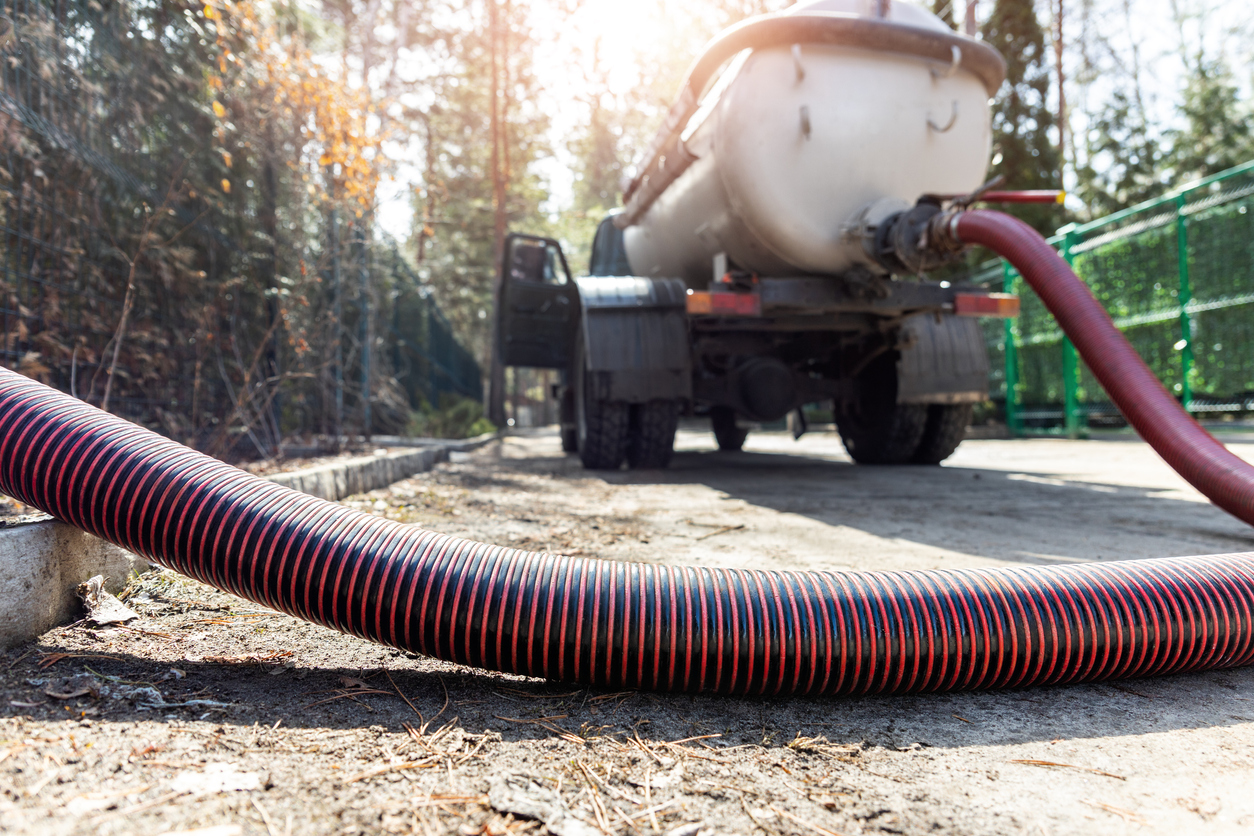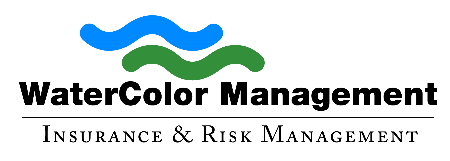
Commercial wastewater treatment is one of the most crucial processes in a municipal infrastructure yet also one of the most frequently overlooked. Few people ponder the life cycle of their water supply, but anybody in the wastewater management business knows just how vital it is. Still, if you were to ask the average person, How do commercial water treatment plants work? they would likely be unable to answer. Understanding each step of the process can help citizens be better stewards of the water supply, though. It also illustrates the importance of water treatment insurance. What are the steps or procedure done for commercial wastewater treatment? Read on to find out.
Preliminary Screening
When wastewater first arrives at a commercial processing facility, treatment begins with a preliminary screening process. This entails pumping the water through screens that separate liquid from solids. Materials such as wood, paper, plastic, and other items are removed so that they do not damage the processing equipment that’s used in later steps. Such damages may be covered by water treatment insurance, but the screening process should prevent hazardous materials from disrupting machinery. The remaining wastewater can then be forwarded to the next step where it is further filtered and separated.
Primary Treatment
After screening, the primary portion of wastewater treatment entails passage to a sedimentation tank, where it will remain for several hours. During this time, lighter components of the wastewater will float to the surface, while heavier solids — known as sludge — will sink to the bottom. The material at the top of the tank can then be skimmed and separated from the rest of the wastewater.
Auxiliary Aeration
Wastewater that has been treated in a sedimentation tank can then be further treated with aeration. Aeration is the process of pumping air into sludge in order to remove soluble gases. This is important because gases such as hydrogen sulfide and carbon dioxide can cause an unpleasant taste in treated water. They also make water corrosive and thus pose a danger to the pipes in a plumbing system. Aeration may be used to eliminate algae that can grow in untreated wastewater, too.
Chemical Sterilization
Finally, after aeration, wastewater is coagulated, flocculated, and chemically sterilized. Coagulation removes any remaining superfine particles and flocculation causes the particles to join together. They will be removed when the water is once again forwarded to a sedimentation tank and the remaining sludge is removed. The water that is left can be disinfected. The most common substance used for commercial wastewater sterilization is chlorine. Chlorine works to kill any pathogens that may still be present in the water by breaking the molecular bonds of these particles. After this step, water is typically ready for human use.
About Watercolor Management
Watercolor Management has insured the water industry for over 30 years. Our policies include unlimited defense cost coverage in the event of a lawsuit against you. Call us at (855) 929-0824 or email info@watercolormanagement.com for a quick quote for your Water Business Professional, Products/Completed operations, Pollution and General Liability Insurance.




